
Common Trees at Grand Canyon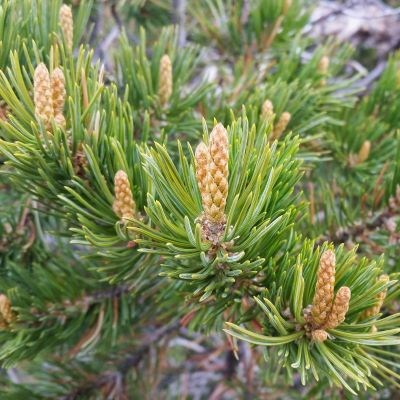
Pinus edulis – Pinaceae NPS Photo / Ty Karlovetz Pinyon pinePinus edulis – Pinaceae
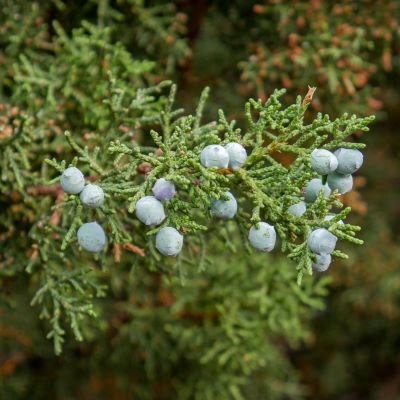
Juniperus osteosperma – Cupressaceae NPS Photo / Michael Quinn Utah JuniperJuniperus osteosperma – Cupressaceae
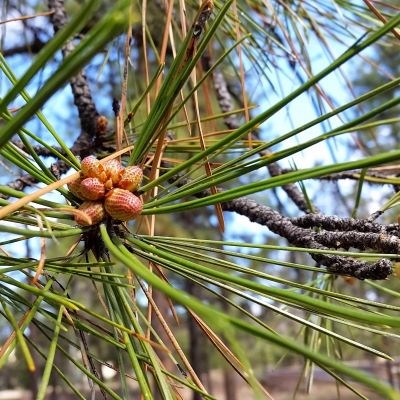
Pinus ponderosa – Pinaceae NPS Photo / Ty Karlovetz Ponderosa pinePinus ponderosa – Pinaceae
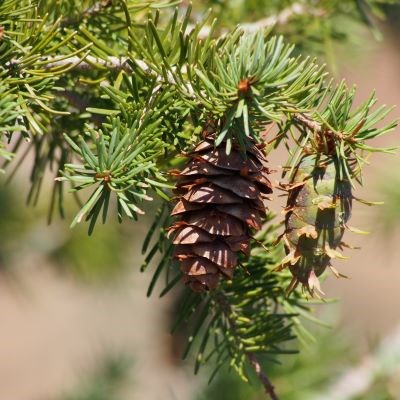
Pseudotsuga menziesii – Pinaceae NPS Photo / Robb Hannawacker Douglas FirPseudotsuga menziesii – Pinaceae
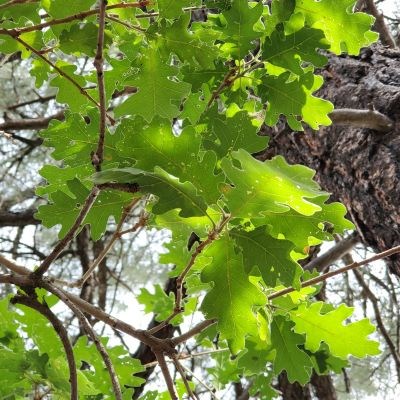
Quercus gambelii – Fagaceae NPS Photo / E. Gelfat Gambel oakQuercus gambelii – Fagaceae
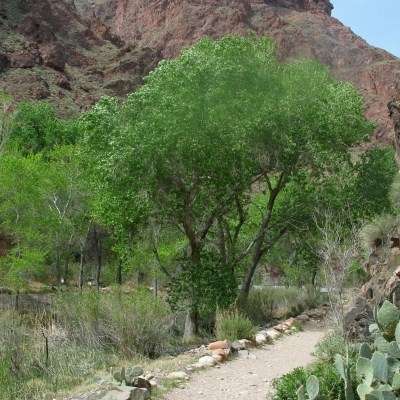
Populus fremontii – Salicaceae NPS Photo / Michael Quinn Fremont cottonwoodPopulus fremontii – Salicaceae
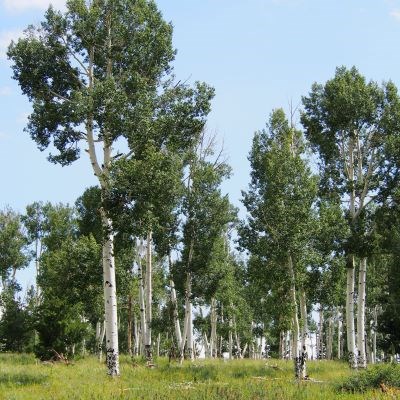
Populus tremuloides – Salicaceae NPS Photo / Robb Hannawacker Quaking aspenPopulus tremuloides – Salicaceae
|
Last updated: November 14, 2022
